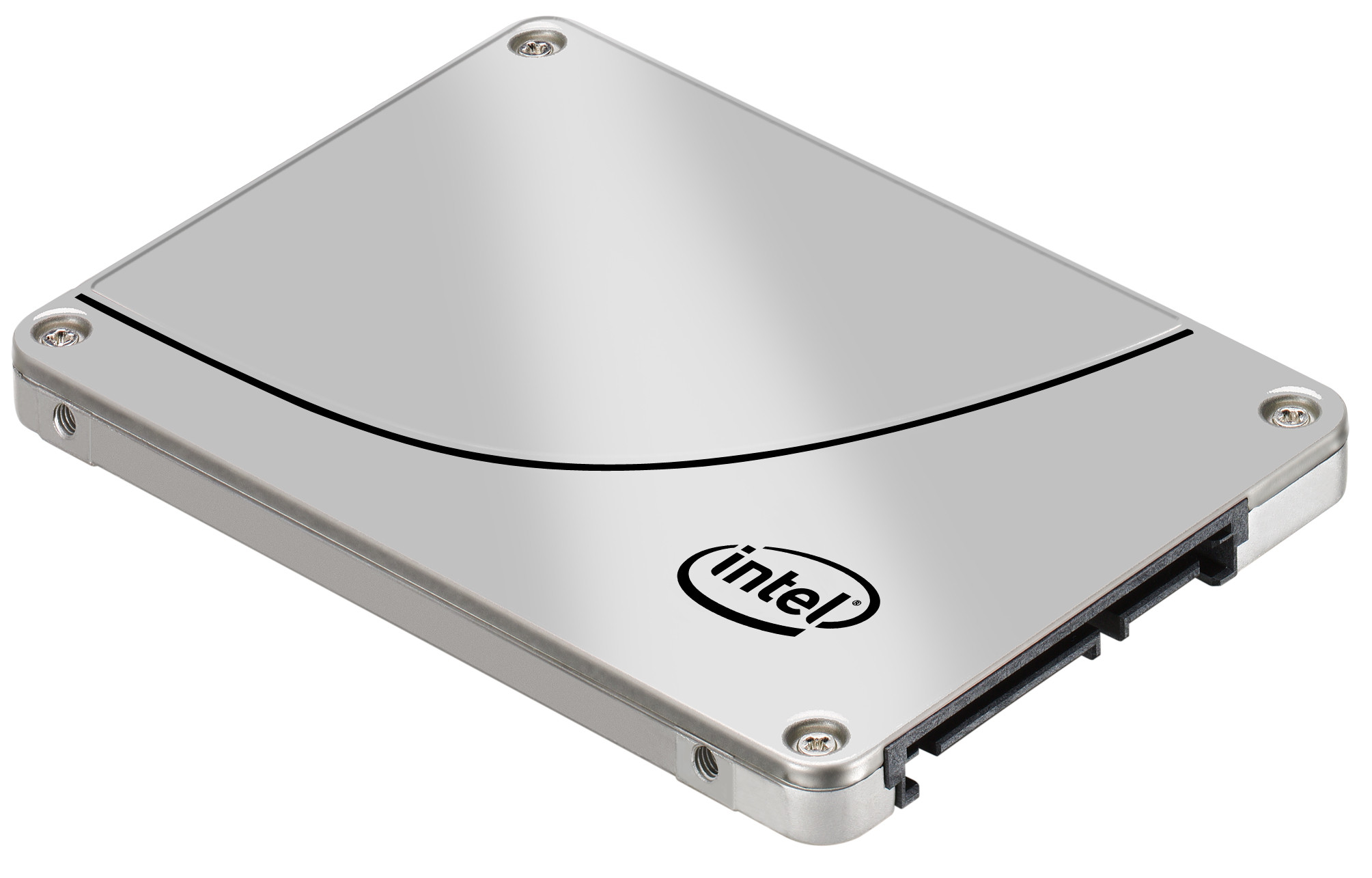Intel Releases Data Center S3500 SSDs
Intel has announced its new lineup of data center oriented SSDs; they come in capacities of up to 800 GB.
Intel has released its new S3500 series SSDs. These SSDs are intended to be used in data centers and cloud computing. The intention is that they can replace hard drives and move towards a full-SSD based storage architecture.
The SSDs feature a SATA3 interface, are built with 20 nm Intel flash, feature read speeds of up to 500 MB/s, write speeds of up to 450 MB/s, and can have random read performance of up to 75,000 IOPS.
"The Intel SSD DC S3500 Series breaks through barriers - like the need for high throughput/low latency storage with a low total cost of ownership - to deliver the storage solution that meets the needs of the cloud, and its demand for storage, which has exploded in recent years. Intel's data center family of SSDs helps make cloud computing faster and more reliable, enabling more transactions and richer experiences," said Rob Crooke, Intel corporate VP and GM for the Non-Volatile Memory Solutions Group.
The units will come in capacities ranging from 80 GB to 800 GB, and sizes of 1.8 inches and 2.5 inches. The smallest drive, the 80 GB 1.8" version, will have an MSRP of $115.00, while the biggest model, the 800 GB 2.5" drive, will set firms back $979.00. All of the drives come with a standard five year manufacturer warranty.
Get Tom's Hardware's best news and in-depth reviews, straight to your inbox.
Niels Broekhuijsen is a Contributing Writer for Tom's Hardware US. He reviews cases, water cooling and pc builds.
-
adimeister So expensive, yet how about its durability. With all that data you can put in an SSD, that will shorten its life still.Reply -
CaedenV Reply10974014 said:So expensive, yet how about its durability. With all that data you can put in an SSD, that will shorten its life still.
SSDs in general have about the same or better use life compared to HDDs. This can be shown in raw specs and doing the read/write math, or by reading some of the reports that Google has published over the last few years showing that the failure rate is roughly the same.
If you go out and buy the cheapest SSD on the market, then yes, be concerned, but it is because of the cheap controllers used, or failure of something on the PCB that is going to cause it to die, not read/write durability. That just never happens. High end SSDs like Intel's use good controllers and good boards, so this is really a non-issue.
SSDs use less power, allow more users per GB or more users per drive, put out less noise, require less cooling, and often times offer higher data density in your server. They are not cheap enough to really justify in a small business yet, but for anyone in a mid to large size business it is time to at least start to look at upgrading. They provide the ability to have less hardware to support for the same workload on the administrator's end, and they make network resources fly on the user experience end. The payoff for medium sized businesses is there if you look for it, but it may be a while before it is really worth it for small businesses. -
torbendalum Intended for data centers ??? This is just a cheap SATA drive for small setups. In a real data center SAN we use fibre channel drives and they cost about 6000$Reply

